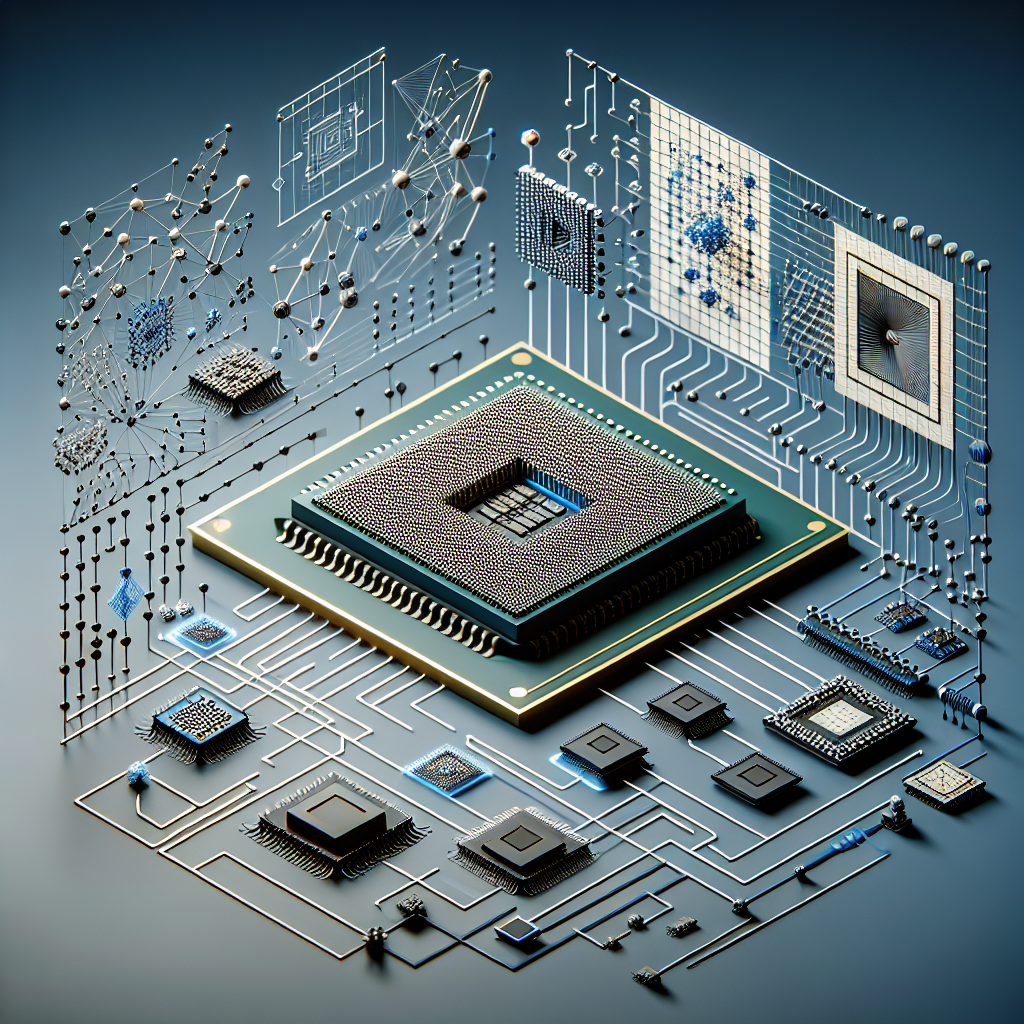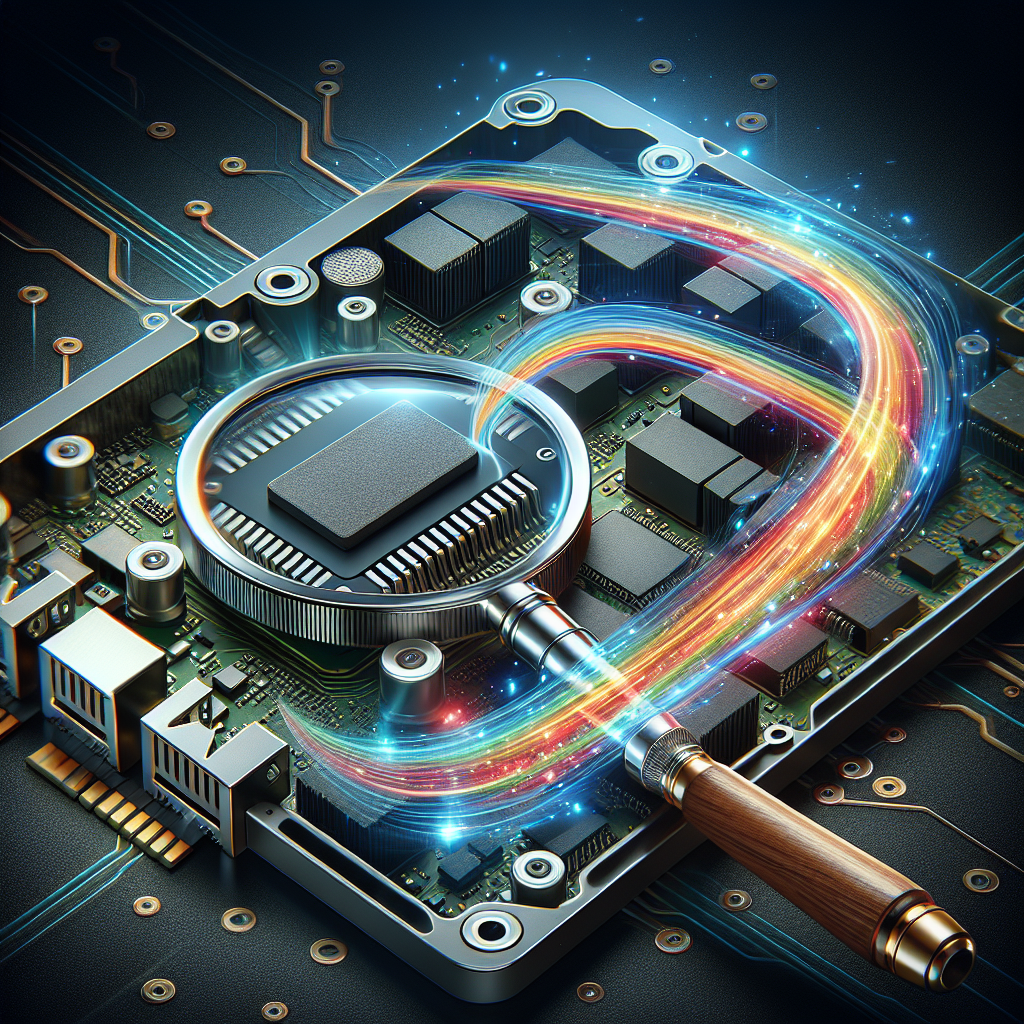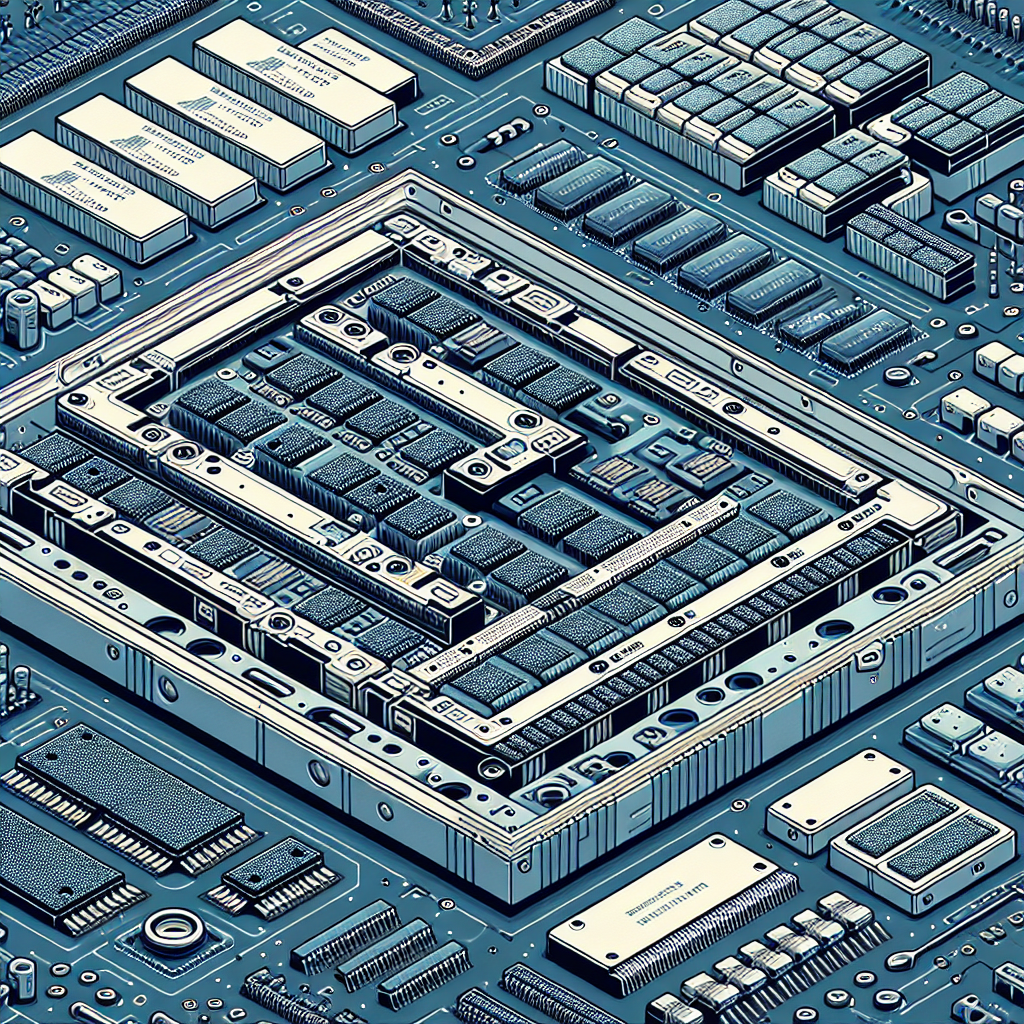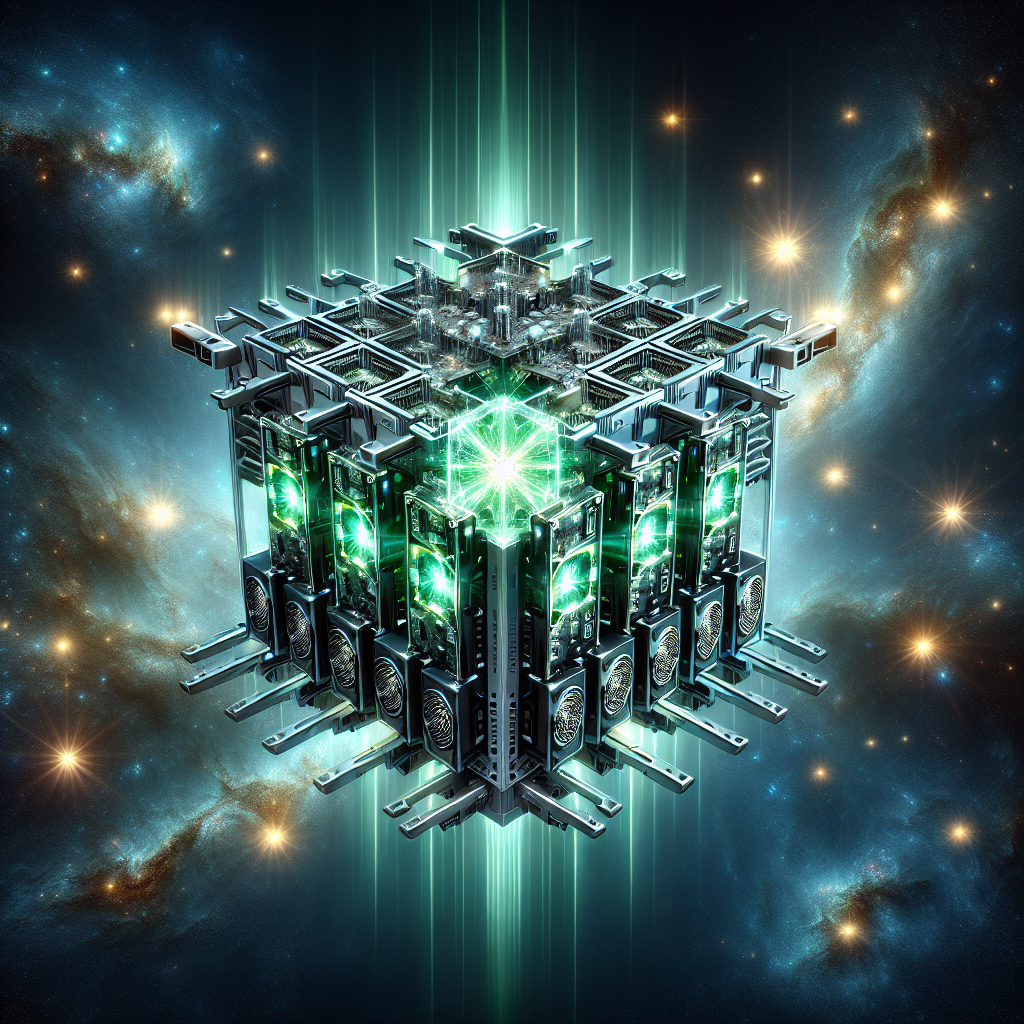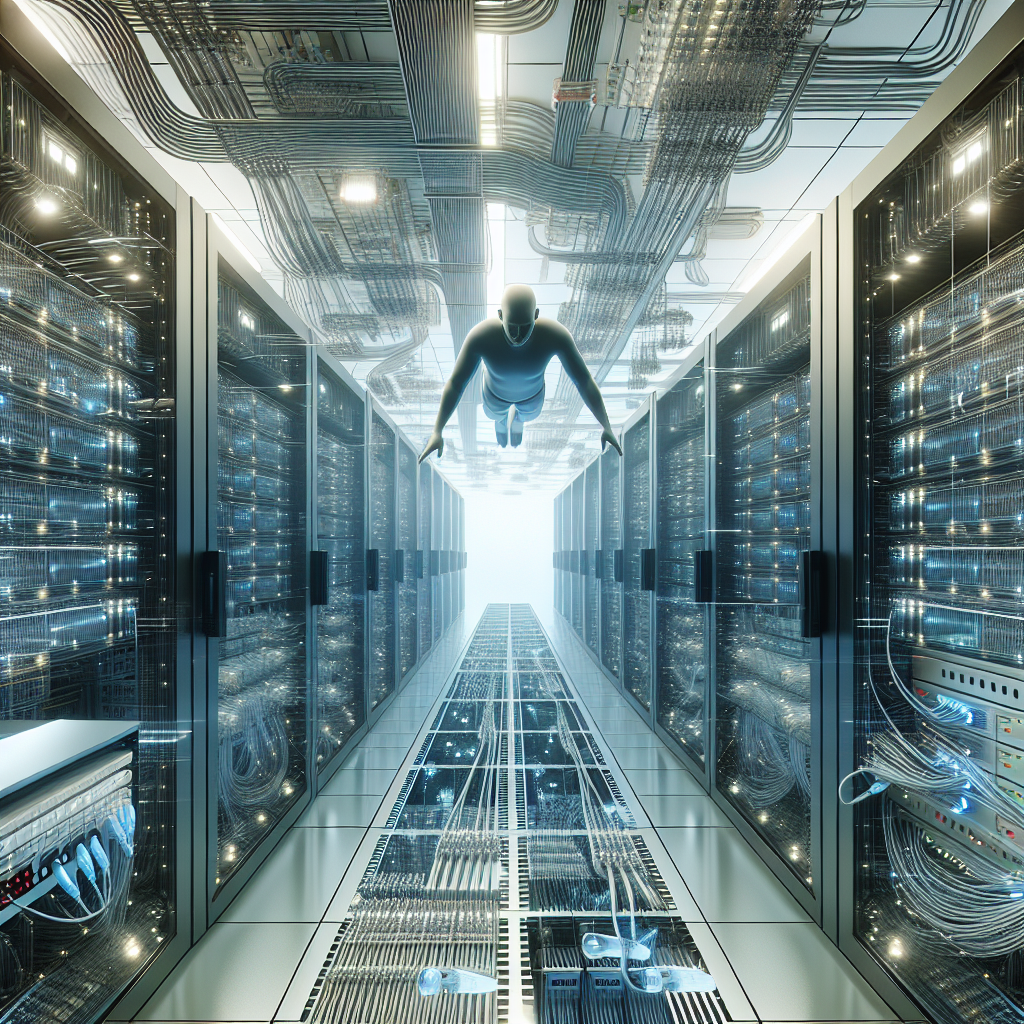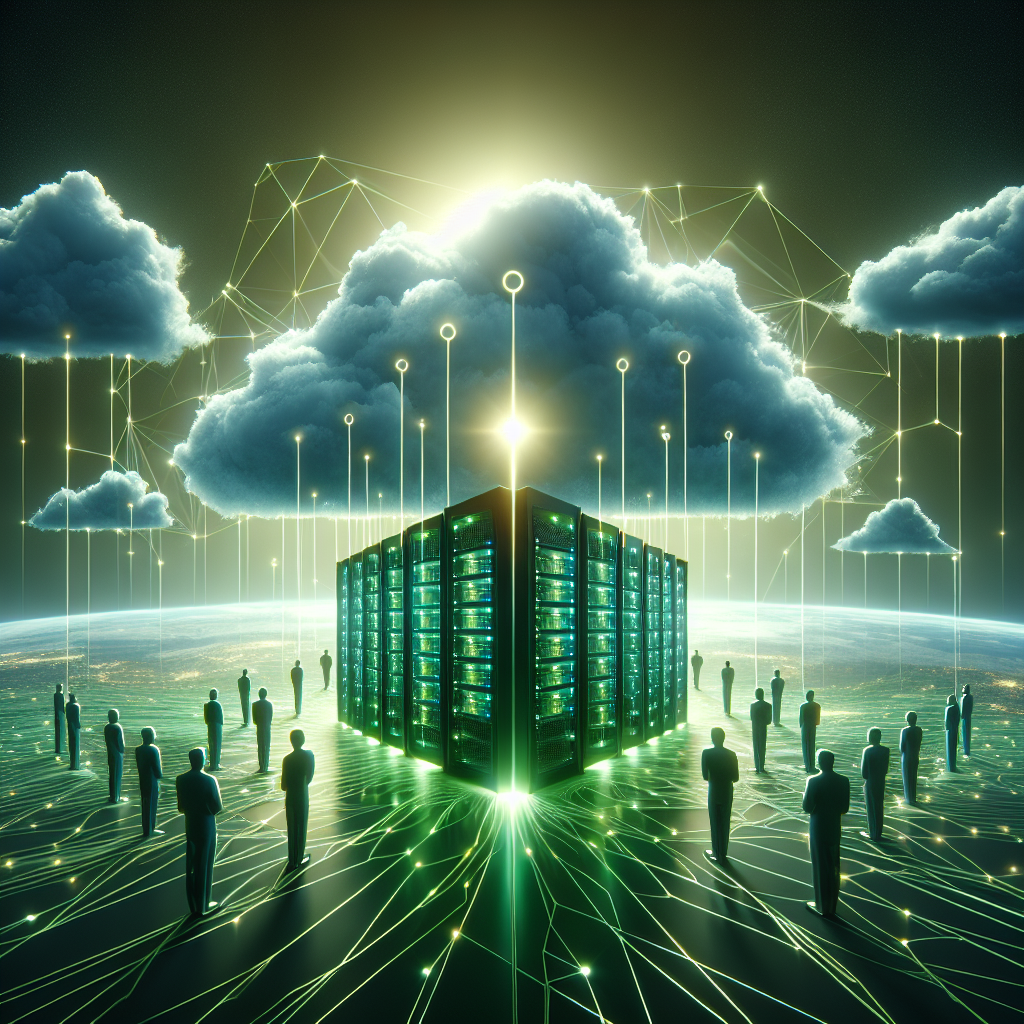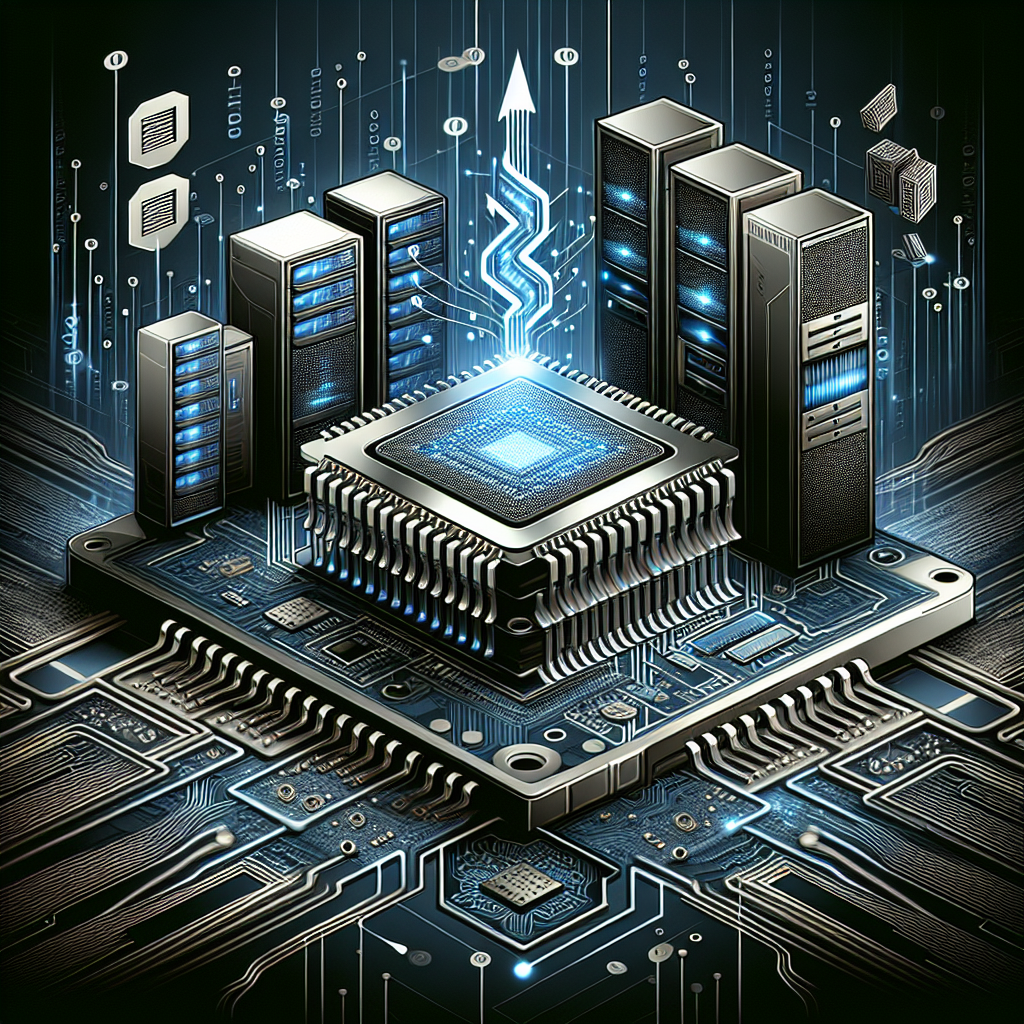In today’s technology-driven world, the need for faster and more efficient computing power is constantly growing. One of the key advancements in this field is the use of parallel processing, which allows for multiple tasks to be executed simultaneously, leading to significant improvements in speed and performance. One of the most powerful tools for harnessing the power of parallel processing is the Graphics Processing Unit (GPU).
Originally designed for rendering graphics in video games and other visual applications, GPUs have evolved into powerful parallel processing units that can handle a wide range of computational tasks. Unlike Central Processing Units (CPUs), which are designed for sequential processing, GPUs are optimized for parallel processing, making them ideal for tasks that can be broken down into smaller, independent operations.
At the heart of GPU architecture is the concept of streaming processors, also known as CUDA cores or shader cores. These are small, individual processing units that work in parallel to execute tasks. By harnessing the power of hundreds or even thousands of these cores, GPUs can perform complex calculations and simulations much faster than traditional CPUs.
Another key component of GPU architecture is the memory hierarchy, which consists of different levels of cache memory that store data and instructions for the GPU to access quickly. This allows the GPU to efficiently process large amounts of data without having to constantly access slower system memory.
In addition to streaming processors and memory hierarchy, GPUs also feature specialized hardware for tasks such as texture mapping, rasterization, and shading. These components work together to accelerate graphics rendering and other computational tasks, making GPUs an essential tool for high-performance computing.
One of the most popular applications of GPU parallel processing is in machine learning and artificial intelligence. Deep learning algorithms, which require massive amounts of data to be processed in parallel, can benefit greatly from the parallel processing capabilities of GPUs. By using GPUs to train neural networks and analyze big data sets, researchers and developers can achieve faster results and more accurate predictions.
Overall, the power of parallel processing in GPU architecture has revolutionized the field of computing, enabling faster and more efficient processing of complex tasks. As technology continues to advance, the role of GPUs in high-performance computing will only continue to grow, making them an essential tool for a wide range of applications.
